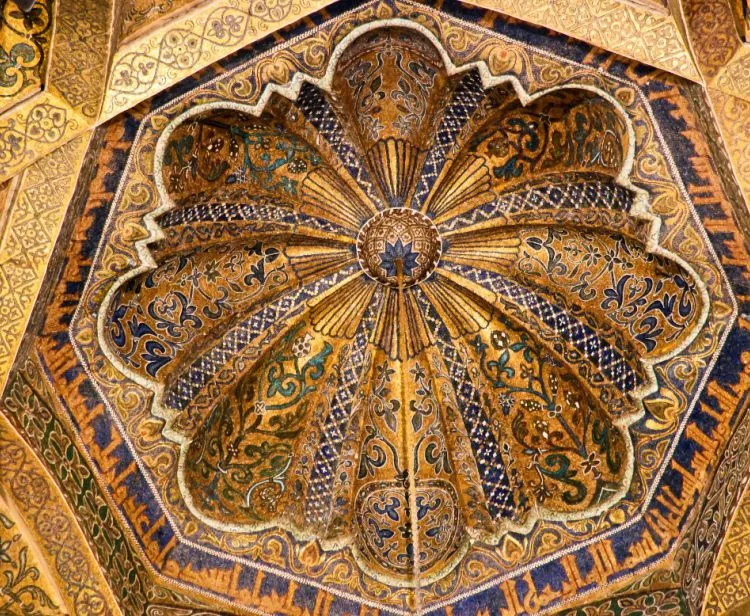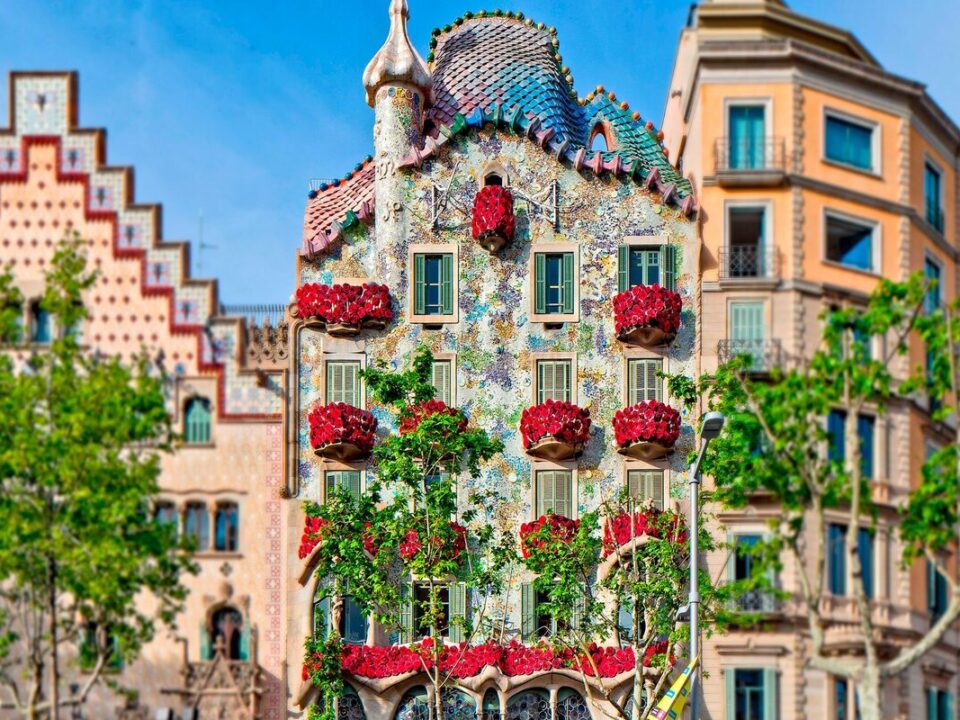Discover the Mosque-Cathedral of Cordoba: A Testament to Spain’s Diverse Cultural Heritage

Discover the Mosque-Cathedral of Cordoba: A Testament to Spain’s Diverse Cultural Heritage
The Mosque-Cathedral of Cordoba, also known as the Great Mosque of Cordoba or by its Spanish name, Mezquita-Catedral, stands as one of the most significant and breathtaking monuments in both Islamic and Christian worlds. Located in the historical heart of Córdoba, Spain, this architectural marvel is not only a symbol of the religious and cultural pluralism that has characterized the region’s history but also a stunning representation of Moorish architecture blended with Christian influences. This extensive guide delves into the history, architecture, significance, and visitor experience of this UNESCO World Heritage Site, offering insights and tips to enrich your visit.

Historical Overview
Foundation and Islamic Expansion
The Mosque of Córdoba was originally constructed on a site that was previously a small Visigothic church, dedicated to Saint Vincent of Saragossa. Following the Islamic conquest in the 8th century, the church was divided between Christians and Muslims until the Christian portion was purchased by the Emir Abd al-Rahman I in 784, who then initiated the construction of the Grand Mosque. The mosque underwent several expansions under successive rulers, particularly during the Umayyad dynasty, reflecting the growing power and influence of Córdoba as a cultural and political center in the Islamic world.
Christian Conversion
In 1236, Córdoba was reconquered by King Ferdinand III of Castile, and the mosque was consecrated as a cathedral. Over the centuries, significant Christian modifications were made, the most substantial being the insertion of a Renaissance cathedral nave in the 16th century under Charles V’s reign. This alteration was controversial at the time, with the king famously regretting his approval, saying, “You have destroyed something unique to build something commonplace.”

Architectural Significance
Moorish Design Elements
The Mosque-Cathedral of Córdoba is renowned for its hypostyle hall, with 856 columns of jasper, onyx, marble, and granite. These columns support a series of double arches that were a novel architectural feature at the time of construction. The lower arches are of a horseshoe form, typical of Moorish architecture, while the upper arches are semi-circular. The mihrab (prayer niche) of the mosque is a masterpiece of architectural art, richly adorned with geometric and flowing designs of plants and abstract forms in gold mosaic, crafted by Byzantine artisans.
Christian Alterations
The most visually striking Christian modification is the main chapel, or Capilla Mayor, erected in the very heart of the expansive mosque. The chapel rises dramatically from the Moorish columnar structure, featuring a soaring ribbed dome and an elaborate retablo of gilded wood depicting scenes from the life of Christ. This blending of Gothic, Renaissance, and Baroque architectural elements with the Islamic base forms a unique aesthetic not found anywhere else in the world.
Cultural Impact and Significance
Symbol of Coexistence
The Mosque-Cathedral of Córdoba is often cited as a symbol of the religious tolerance and intellectual ferment of medieval Al-Andalus, where Muslims, Christians, and Jews coexisted and contributed to a vibrant cultural life. This period is remembered as a golden age of cooperation and mutual respect among different religious communities, though it was not without its conflicts and complexities.
Tourism and Preservation
Today, the Mosque-Cathedral is one of Spain’s most visited historic sites, attracting millions of tourists annually who come to admire its beauty and delve into its rich history. It plays a crucial role in the cultural tourism sector of Cordoba and is a pivotal element in the city’s economy.
Visiting the Mosque-Cathedral
Planning Your Visit
The Mosque-Cathedral is accessible to the public year-round, though hours may vary based on the liturgical calendar. Visitors are advised to check the official website for up-to-date information on opening hours and ticket prices. Guided tours are available in multiple languages and offer comprehensive insights into the complex’s history and architecture.

What to Expect
Upon entering, visitors are struck by the vastness of the column-filled prayer hall and the stunning contrast between the stark simplicity of Moorish arches and the ornate Christian chapels. The courtyard, with its iconic orange trees, provides a serene ambiance that complements the grandeur of the interiors.
Respectful Visitation
As a functioning religious site that hosts both Catholic services and visits from people of all backgrounds, visitors are expected to dress modestly and behave respectfully. Photography restrictions may apply in certain areas, especially during religious services.
Conclusion
The Mosque-Cathedral of Cordoba remains one of the greatest architectural and cultural treasures of the world. Its complex history as a space shared and transformed by both Muslims and Christians speaks to a past where the intersection of faith and art created something truly magnificent. Visiting this historic monument offers more than just a glimpse into medieval visit to Spain; it provides a profound understanding of how architecture can serve as a bridge between different cultures and epochs. Whether you are a history buff, architecture enthusiast, or a traveler in search of beauty, the Mosque-Cathedral of Cordoba promises an enriching and unforgettable experience.



